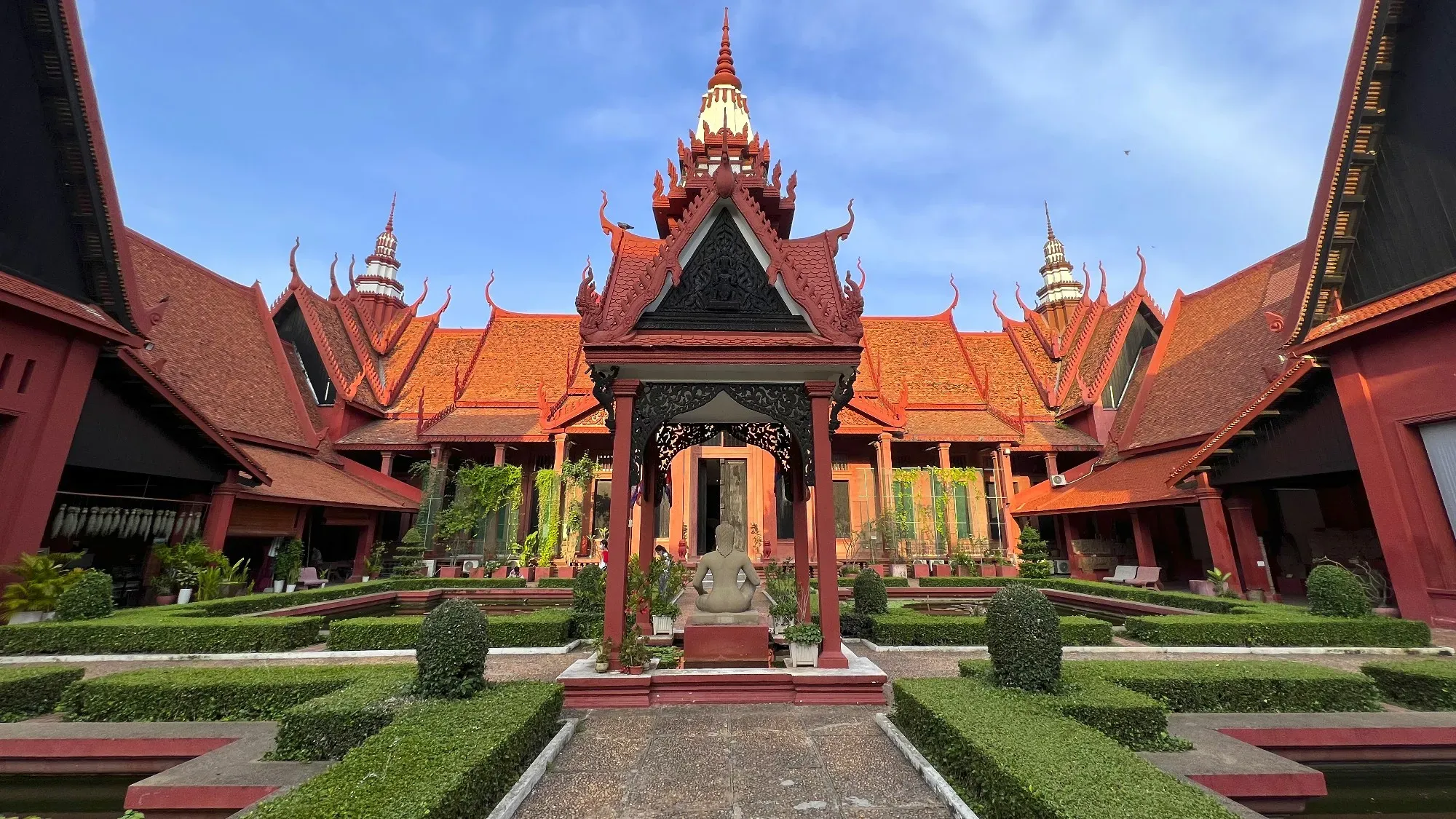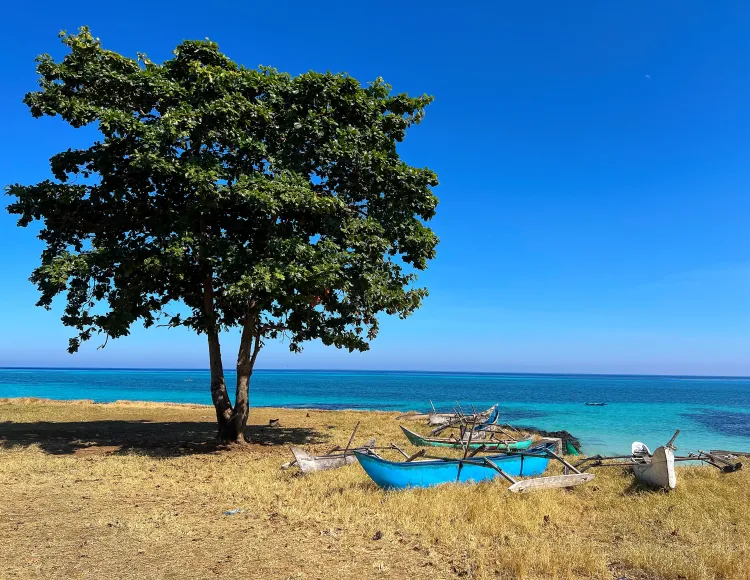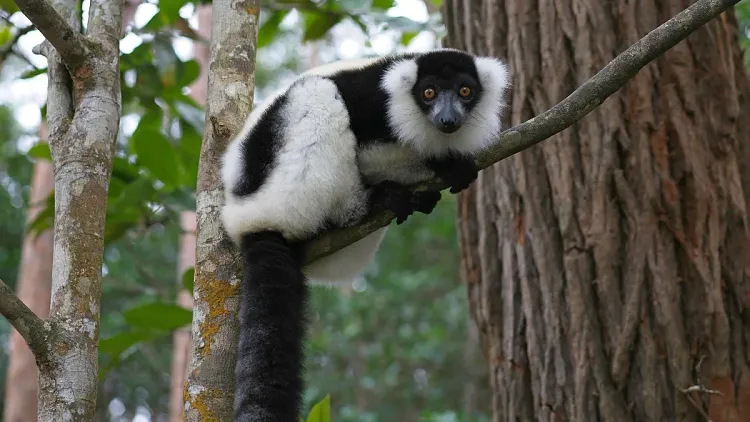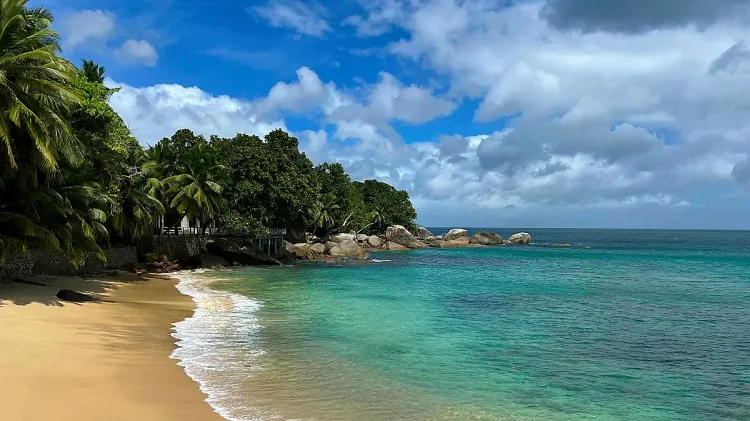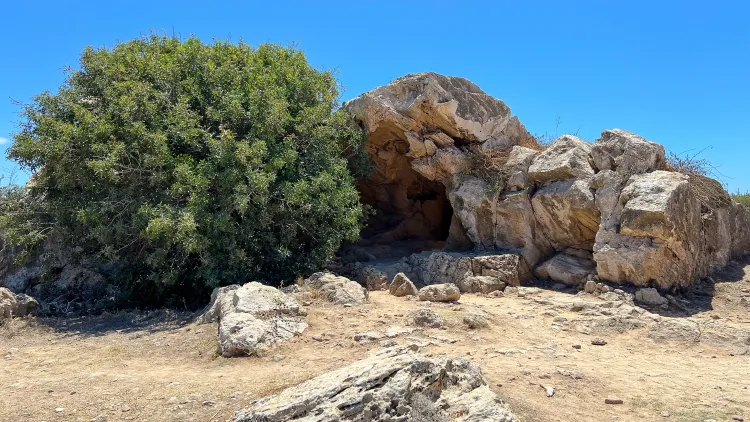Journal #5 - Cambodia
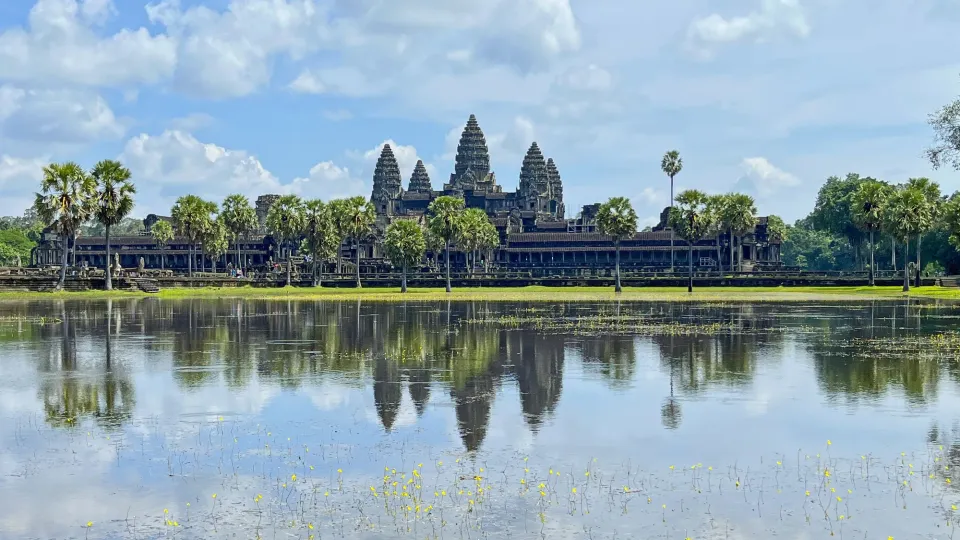
Suosdei (សួស្តី) from Cambodia!
What a fascinating country. We have truly enjoyed our time here in the Kingdom of Cambodia. Did you know that it has changed names five times since the nineteen fifties? It started as the Kingdom of Cambodia before becoming the Khmer Republic. It was next renamed, by Pol Pot, to Democratic Kampuchea. After that, it got renamed the People’s Republic of Kampuchea. Then, the UN changed its name to the State of Cambodia before, finally, in 1993 it officially returned to the Kingdom of Cambodia - what a ride!
For our time here we set up Phnom Penh as our home base. It was an extremely walkable city and we particularly enjoyed taking strolls along the river. The pedestrian walkway is filled daily with plenty of local Cambodians sharing time with friends and quite a few pods of people playing Sey (a game similar to hacky-sack) which was endlessly entertaining to watch.
As with many Southeast Asian nations, there are a host of pretty Wats that deserve our attention. The most notable to us was Wat Phnom. It had a beautiful view from the top of the stairs but more interesting to us was the wildlife that congregated around it. Considering its positioning in the middle of the city, we were surprised to find a flock of Great Hornbills perched in the trees at the entrance. We also checked out the infamous tree filled with Wat Phnom’s “noisy neighbors” Lyle’s Flying Foxes (aka a tree full of Fruit Bats) chirping away.
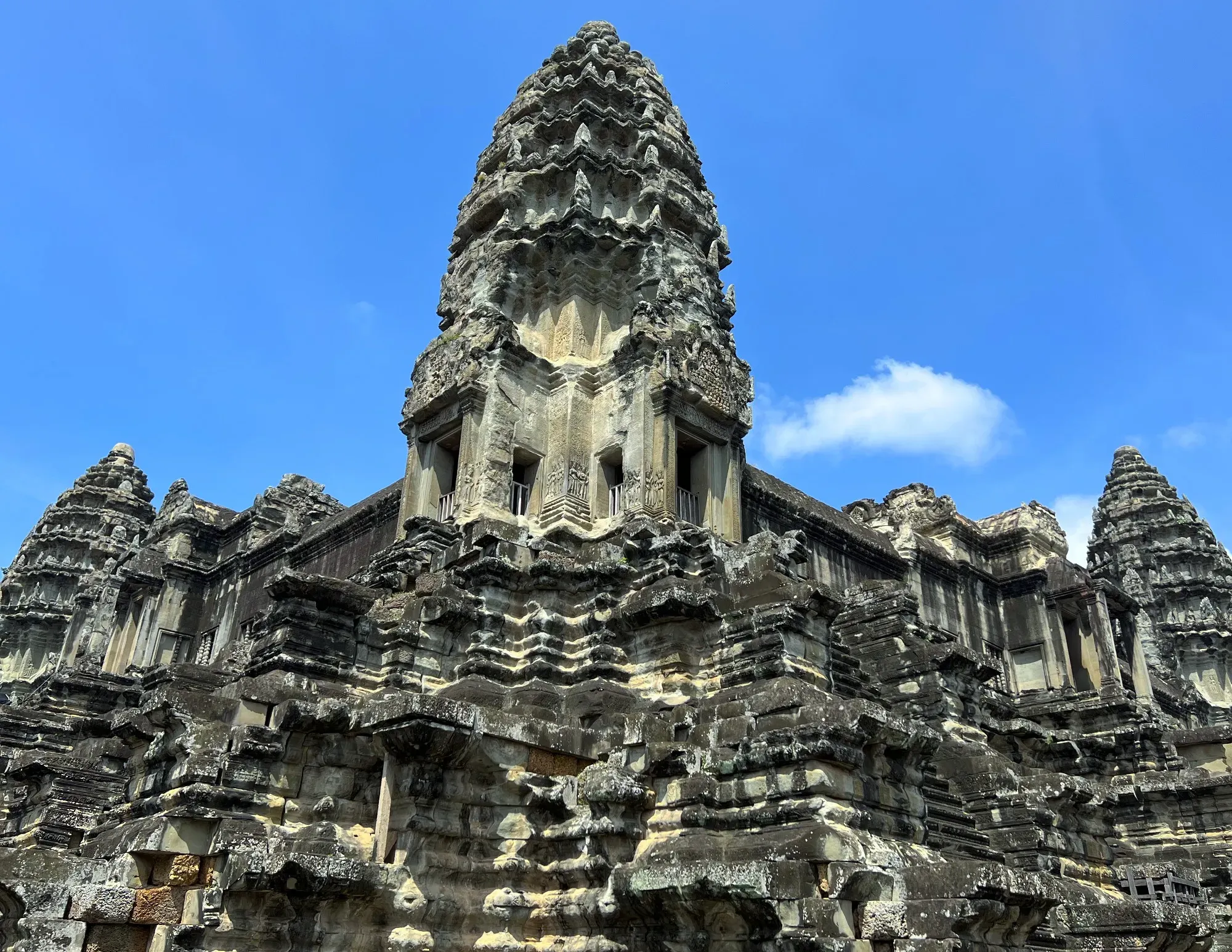
In addition to our time in the capital, we also dedicated a visit to Siam Reap. It was there that we had the pleasure of enjoying the Phare Circus and multiple temple tours. These temples were built as a part of the Khmer Empire (802-1431). The largest of which is Angkor Wat. Named in 1992 as a UNESCO World Heritage Site, some lists (though not all) consider this temple one of the modern Wonders of the World. The limestone façade and iconic towers have created a silhouette known all over the globe. It has had such an impact on the modern nation that the likeness of Angkor Wat is on their national flag.
As a pair of people who have spent some time touring ruins, we were blown away by both the scale and intricacy we found at Angkor Wat. The attention to detail truly impressed us. Our favorite example of this is that the shadows of the poles in the windows create the Angkor Wat silhouette when the sun streams through them. I tip my hat to whomever thought of that.
We absolutely loved our temples tour. We had the pleasure of working with a delightful tour guide who gave us in-depth facts about the elaborate construction and the complex history of each temple. He explained the mythology behind stories like The Churning of the Sea of Milk (Samudra Manthana) and broke down the murals outlining daily life in the cities. One of which has details like blowing on a fire to help cook dinner, a woman in labor, and a hunting party reporting back to a grieving family.
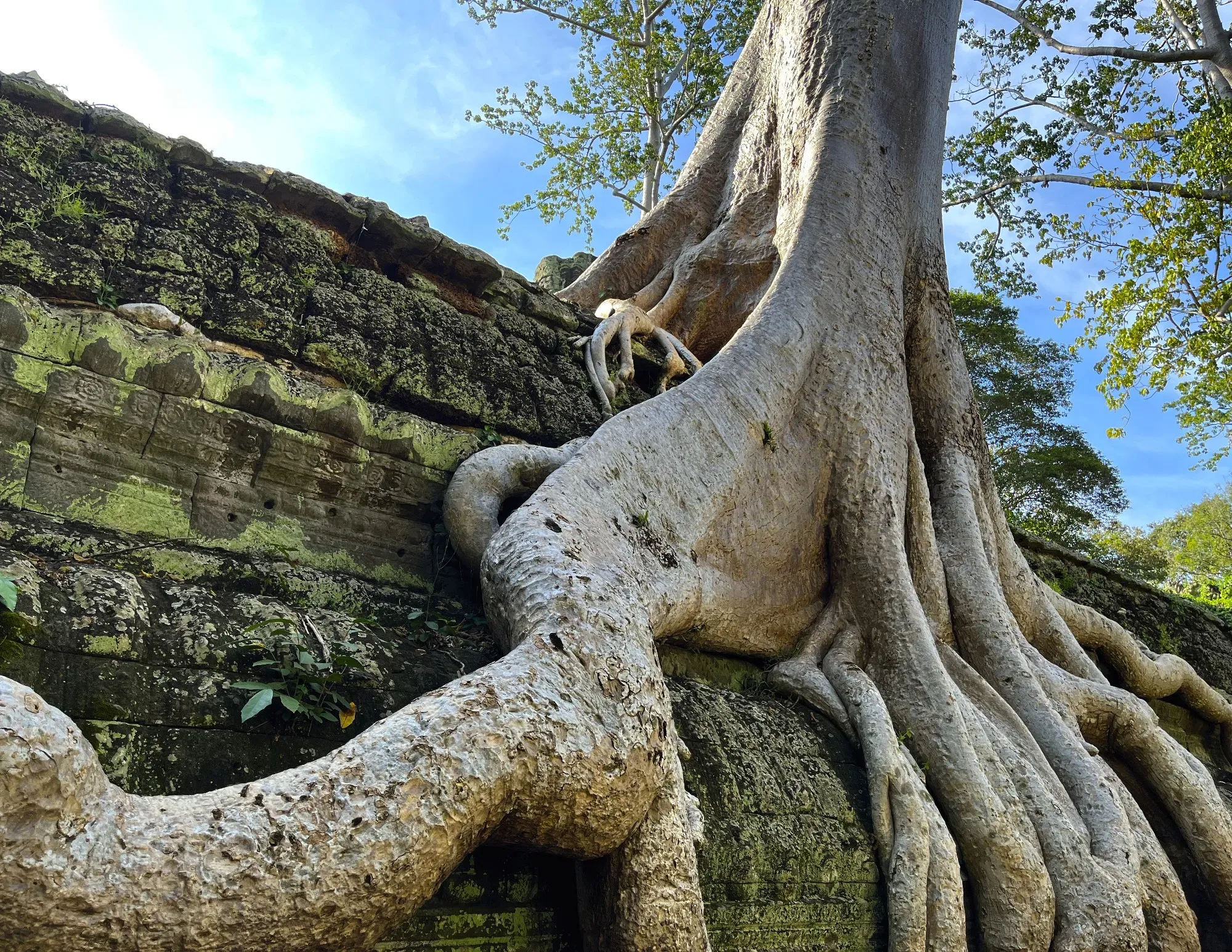
As if this history was not enticing enough, we also loved visiting for the stunning photos. My favorites turned out to be the ones of nature taking its course. At the Ta Prohm temple (made famous by Angelina Jolie’s “Tomb Raider”) we found giant trees growing right out of the stones. Their roots had displaced walls and were thicker than any guest posing in front of them.

Overall, our time in Cambodia was truly enjoyable. We spent more time focusing on the history of the empire, but if you are interested in more recent history there is also an opportunity to visit both the Killing Fields and the Tuol Sleng Genocide Museum to learn about the Khmer Rouge, Pol Pot, and what the Cambodian people went through in the seventies. The ripple affect of that time period can still be felt when visiting, most notable by how young the average population is (about a third are fourteen and under).
I did not want to focus on it too much here because the country is so much more than just those four years. All of the people we met were kind and engaging. They were welcoming of tourists and eager to share their culture. We have developed quite a soft spot for this corner of the world after our visit here and will be recommending future visits.
